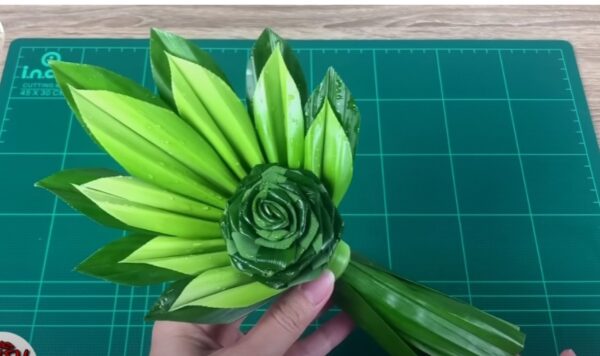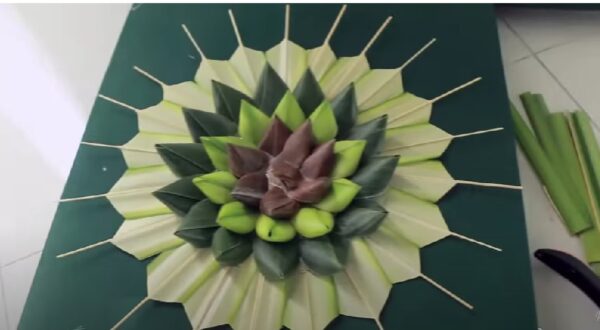Preserving the Rich Tapestry of Gokkola Patterns: Unveiling the Heritage of Local Art-by Kalani-eLanka

Gokkola patterns, woven into the very fabric of Sri Lankan culture, stand as a testament to the rich heritage and artistic prowess of its people. These intricate designs, crafted with meticulous detail and passed down through generations, encapsulate stories of tradition, spirituality, and the vibrant tapestry of local life. In this article, we delve into the mesmerizing world of Gokkola patterns, exploring their history, significance, and enduring legacy in Sri Lankan artistry.
The origins of Gokkola patterns can be traced back centuries, deeply rooted in Sri Lanka’s cultural and artistic traditions. Gokkola, or coconut palm leaf, serves as the canvas for these intricate designs, with artisans skillfully weaving together strands to form elaborate patterns. Historically, Gokkola weaving has been a revered craft, practiced by skilled craftsmen who learned the art from their forebears. Initially, these patterns adorned ceremonial objects, such as ritualistic offerings and traditional attire, imbuing them with spiritual significance and cultural meaning.
Gokkola patterns are not merely decorative motifs but bear profound symbolism and cultural significance. Each design is laden with meaning, often reflecting elements of nature, folklore, or religious beliefs. For instance, geometric patterns symbolize unity and harmony, while floral motifs celebrate the beauty of Sri Lanka’s lush landscapes. Additionally, certain patterns hold specific significance in rituals and ceremonies, serving as talismans for protection or blessings. Through these intricate designs, Gokkola patterns become conduits for storytelling, preserving narratives of the past and connecting communities across generations.

Despite the enduring legacy of Gokkola patterns, the craft faces challenges in the modern era. Rapid urbanization, changes in lifestyle, and economic pressures threaten the survival of traditional artisanal practices. However, concerted efforts are underway to safeguard this cultural heritage. Organizations and initiatives dedicated to promoting Sri Lankan craftsmanship are working to revive interest in Gokkola weaving, providing training programs and market opportunities for artisans. Additionally, collaborations between designers, craftsmen, and cultural institutions aim to infuse contemporary relevance into traditional designs, ensuring their continued relevance in a rapidly changing world.
Gokkola patterns serve as a potent symbol of Sri Lanka’s cultural identity, embodying the spirit of resilience, creativity, and community. Beyond their aesthetic appeal, these patterns evoke a sense of belonging and pride among Sri Lankans, fostering a deeper appreciation for their rich cultural heritage. Whether adorning traditional garments, ceremonial artifacts, or modern accessories, Gokkola patterns serve as ambassadors of Sri Lankan artistry, captivating hearts and minds around the world.
In a world increasingly dominated by mass production and uniformity, the preservation of Gokkola patterns represents a celebration of diversity, craftsmanship, and cultural heritage. These intricate designs, born from centuries of tradition and innovation, continue to inspire awe and admiration, serving as a timeless reminder of the enduring spirit of Sri Lankan artistry. As we embrace the past while looking towards the future, let us cherish and safeguard the legacy of Gokkola patterns, ensuring that their beauty and significance endure for generations to come.







